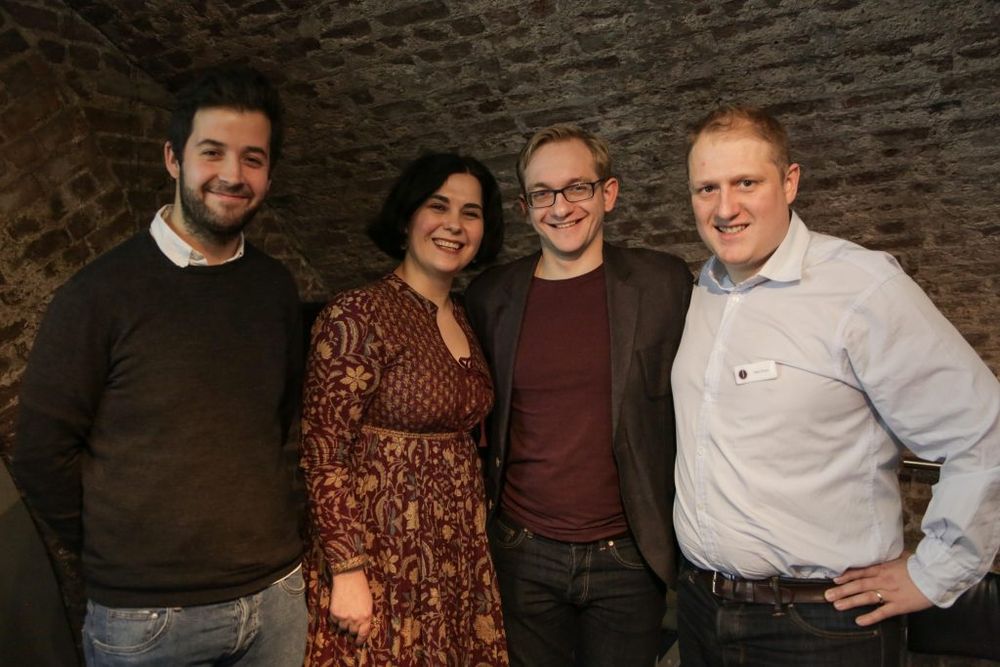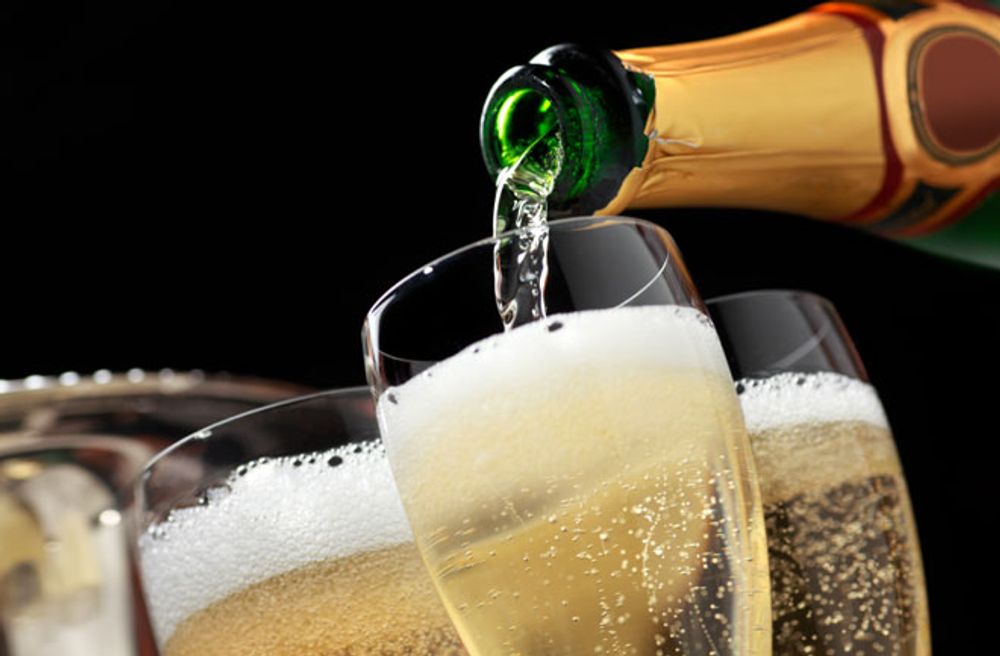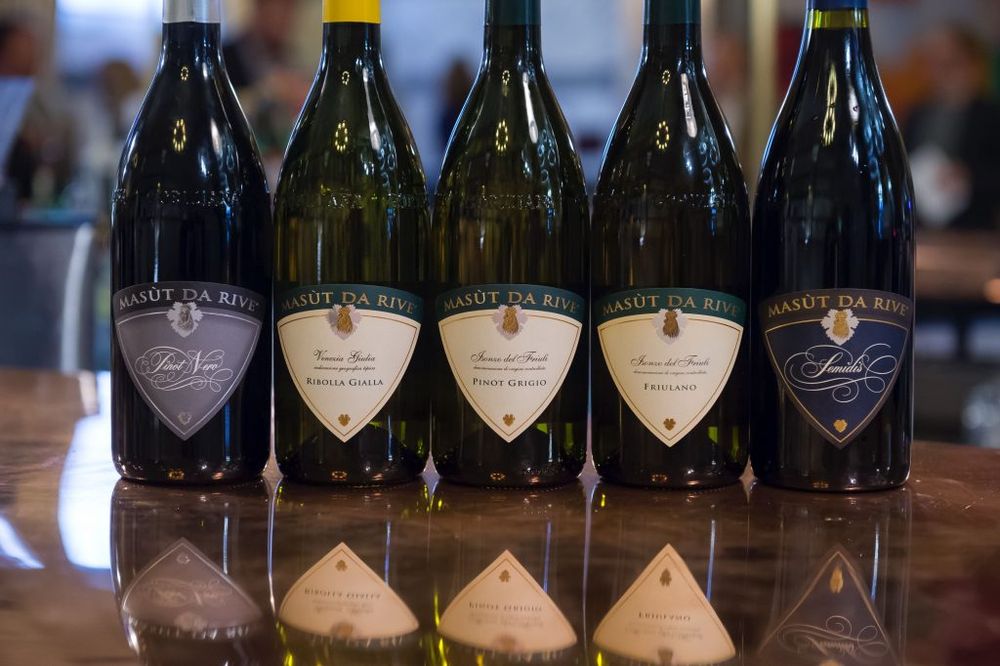No matter how much wine is made and then tasted every year, it all comes down to which ones buyers are choosing to put on their wine lists. We unravel Jascots latest insights to reveal the wine list winners and losers.
One of the biggest recurring themes in the premium on-trade is the lack of data and insight in to actually what is being sold and drunk in some of our finest bars, restaurants and hotels.
That shortage of real, hands-on, practical, intelligent, and most of all useful sales and trends information that is going to help both suppliers and operators do a better job is arguably the sector’s biggest achilles heel.
The major data research agencies like Nielsen, Mintel and IRI don’t touch the premium on-trade with a barge pole because they don’t have enough big pocketed FMCG brand giants to pay for it.
The ones that do, like CGA Strategy and CGA Peach, tend to concentrate on the mainstream on-trade, be it wet-lead or at the national chain and operator level, that do have budgets to invest. Even then it tends to be more of a macro assessment of the food and drink scene than how many more bottles of Picpoul de Pinet are being sold.
So it is ultimately left to the major drinks suppliers to battle it out not only in terms of the quality and diversity of their ranges, but the depth and credibility of their research and insights.
Bibendum has been dining out the quality of its insights for some time whilst our other major national players have to a greater or lesser extent being playing catch up.
Playing to your strengths

James Ramsden, co-owner of Pidgin, Anne Krebiehl MW, Jon Kleeman, head sommelier of Social Eating House, and Jascot’s Adam Porter share their experiences
Which is why the release this week of Jascots Wine Merchants latest analysis of wine lists in London was such an important event, with some real tangible, hard hitting insights. Backed up with a fascinating debate with restaurateur, James Ramsden, and co-owner of Michelin-starred Pidgin restaurant in Hackney, north London, Jon Kleeman, head sommelier of Social Eating House, and wine list consultant Anne Krebiehl MW. But more of that on The Buyer next week.
The wine list research was very much about Jascots playing to its strengths. After all its big point of difference in the supplier charts is that it the vast majority of its business lies in central London and out to the edges of the M25.
This is the second year that Jascots has devolved in to what is really happening in London’s mid to premium on-trade. It has built on what was a solid start last year by expanding considerably on the number of restaurant wine lists that make up the basis of its study. Going from over 60 to a more credible 240, covering some 18,640 wines,42 countries and 300 different grape varietals.
Crucially these were not made up from the outlets it already supplies, as that would, it says,be like “marking your own homework,” but from wine lists that are in the common domain.
The research looked to pin point trends within the countries of origin on sale, how different varieties are performing, and what conclusions can be drawn between the two.
What was presented was just the icing on what is a potentially highly valuable cake of information that can be cut and sliced for different restaurants, customers and operators in different post codes and neighbourhoods within and around London.
Less space to play with
One of the most interesting takeaways was the size of the average list with even more consolidation in 2016. Not only did Jascots see a near 10% decline in the total number of wines on the lists it surveyed, the average number of wines per list was 68 rather than 76.
Adam Porter, Jascots’ head of buying and marketing, said there was still so much more for restaurants to do to better engage with customers about how their lists are being used and engaged with. He agreed trimming the list made sense, but when you do it is important to flag up and showcase the wines do you have using more widely recognised consumer terms like organic, biodynamic and natural.
It was difficult, he added, in many of the lists it looked at to really understand where a particular wine came from.
It is both natural and vital that wines by the glass become an even more important part of a restaurant’s offer, said Porter. “It allows customers to get to parts of a wine list that they might normally struggle to get to,” he said. They also make good margins.
Key findings
So what were those highlights. Here are some key takeaways:

Sparkling, particularly English, is bubbling along quite nicely
- English sparkling wine has replaced Cava with the third largest number of listings from the 60 wine lists surveyed. Up an impressive 27% between 2015 and 2016.
- Sparkling wine is the fastest growing category overall which matches up to national trends. Jascots own data shows sparkling sales were up 24% in 2016.
- According to its listings research Champagne is down 14%, Italy is flat and England is up 27%.
- Old World wines make up 73% of lists with the biggest shares going in descending order to France (up 5%), Italy (down 7%), Spain (up 1%), Australia (down 8%), the US (up 4%), South Africa (up 2%), New Zealand (down 10%), Chile, Argentina, Germany, Austria (down 8%) and Portugal (down 3%).
- The biggest movers are Chile up 21% in its individual share, Argentina 10%.
White wines

Italian varieties like Fiano are the ones to watch in 2017 says Jascots
- Within white varietals Chardonnay is by far the biggest player appearing on around 23% of lists up 14%.
- In restaurants with lists between £50-£150 Chardonnay is by far the biggest player with 16% of the list and average price of £88.86.
- There are signs, however, that Sauvignon Blanc is losing just a little of its appeal with a 8% decline to around 12% of listings.
- This shrinks to 2.9% of lists between £50 to £100 where its average price is £75.31.
- The big trend here is the growth in what Jascots calls “lighter, aromatic, seafood-friendly wines” such as Albarino, Picpoul, Cortese and Verdejo”. They might all have less than 5% share of all lists but Albarino’s presence is up 24%, Picpoul by 35%, Cortese 16% and Veredjo 17%.
- This could pave the way for greater interest in Italian white varieties in 2017 with Jascots picking out Fiano, Falanghina as two to watch as well wines from on trend regions such as Etna in Sicily.
- The buzz around Viognier is not misplaced with a 26% jump in listings, but again still below a 5% share. Jascots puts this down to being a variety that stands up against the popularity in more smoked and dirty food eating outlets.
- Surprisingly Riesling, down 13%, and Chenin Blanc, down 19%, goes against anecdotal evidence that they are varieties on the up.
- White Bordeaux blends are commanding the highest average price point in restaurants with lists between £50 to £150 at £90.10, with white Rhone blends not far behind at £83.84.
- Other high average scorers in the £50 to £150 category are Viognier £85.74, Savagnin £85.52, Gruner-Vetliner £83.19 and Riesling £81.64.
Red wines
- When it comes to red wines it appears Rhône varieties and blends are fairing better than their Bordeaux counterparts and are likely to do so again in 2017.
- Accounting for 1,529 wines and 18.8% of red wine listings versus 1,318 wines and 16.2% of red listings respectively.
- Gamay (up 44%), Grenache (up 27%), Carignan (up 38%) and Mourvèdre (up 24%) are all doing well.
- Cabernet/Merlot blends are up 101% and now have the third highest share of listings at around 7% behind Grenache Syrah blends (down 11%), just over 7% and Pinot Noir, by far the biggest performer with 17% of listings and a 8% growth in 2016.
- In restaurant with lists of £50 to £150, Pinot Noir saw a 12% share of listings and average price of £93.77, just above Cabernet/Merlot blends at £93.76 and a 4.9% share.
- The highest price wine on lists between £50 and £150 is Nebbiolo with an average price of £95.58, with other Italian varieties doing well with Corvina £93.21 and Sangiovese £88.45 and a 3% share of lists.
- Jascots is confident South America can continue to drive its success in the premium on-trade.
- Chilean reds, for example, saw the biggest increase to 8.6% of listings, up 21%.
- Average price for Malbec on £50 to £150 lists sits at £80.87.
* Jascots unveiled its new research as part of its latest trade tasting to showcase up to 70 new wines and host masterclass around three themes: Taste of Britain, The Flavours of Friuli, the Rise of Riesling and Improving Wine Sales with Riedel Glassware. It all took part at London’s Royal Society of Arts.









































